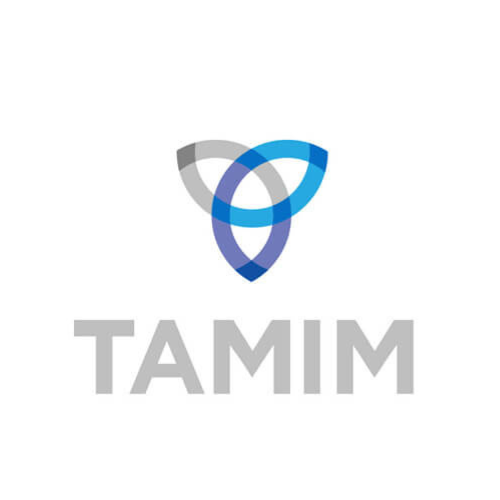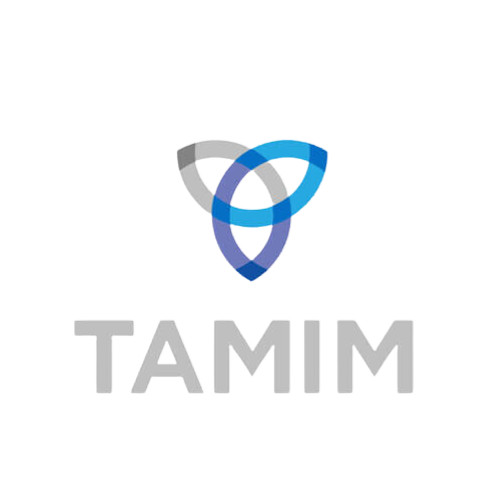At the heart of today’s digital revolution lies the semiconductor, a critical component driving the waves of technological advancements and innovation.
With the intersection of artificial intelligence (AI), digital transformation, geopolitical dynamics, and global economic competition, the semiconductor sector is on the brink of an unprecedented growth trajectory.
Often referred to as integrated circuits (ICs) or simply “chips,” these technological powerhouses encapsulate billions of electronic components in an area merely a few millimetres in size.
Delving deeper, semiconductors possess the unique ability to act both as conductors (facilitating the flow of electrical charge) and as insulators (blocking this flow).
This duality, combined with insulators and various materials in the engineering process, allows for the meticulous control of electrical currents.
Over the last fifty years, the journey of semiconductors has been nothing short of transformative.
They’ve been the backbone of technological shifts, from the era of mainframe computers to the advent of personal computing in the 1990s, the creation of the internet’s backbone in the 2000s, and the introduction of smartphones in the 2010s.
In our current landscape, they’re integral to everyday devices and groundbreaking technologies like artificial intelligence (AI), 5G networks, and electric vehicles (EVs), sparking increasing and broad demand.
With the merging of AI-led innovation and enhanced governmental investments, semiconductors are not just technological marvels but also a realm brimming with investment opportunities that could redefine our future.
Not all created equal
Semiconductors are produced from pure elements like silicon or germanium, or compounds such as gallium arsenide, and then treated through a chemical process known as “doping” that enhances conductivity.
These chips perch on wafer-thin stages where their properties of conduction (like metals) and insulation (like rubber), let them steer electrical signals to lay the cornerstones of today’s technological evolution.
Like most industries, investors often view the semiconductor ecosystem with a broad brush without much nuance into the intricacies of each listed company.
There is, however, a wide discrepancy in the characteristics and investment quality of businesses involved in the semiconductor supply chain.
There are semiconductor manufacturers that focus on niche industries or even specific products, such as Skyworks Solutions Inc (NASDAQ: SWKS), Qorvo Inc (NASDAQ: QRVO) and Broadcom Inc (NASDAQ: AVGO) that are almost entirely responsible for the radio frequency (RF) chips that are the core of the smartphone market.
The products of these three companies enable mobile phones to send and receive calls, texts and data, and vary depending on the mobile device and the spectrum (or set of radio frequencies) that are used by the mobile phone operator in that particular region.
There are also more diversified semiconductor producers, such as Marvell Technology Inc (NASDAQ: MRVL) and Texas Instruments Inc (NASDAQ: TXN) that we discussed in our April article.
Texas Instruments’ revenue is diversified among several industries including industrial, automotive, personal electronics and even communications equipment and enterprise systems, while Marvell has exposure to the data centre, enterprise networking, carrier infrastructure, consumer and automotive/industrial markets.
Semiconductor producers can also be defined according to whether they undertake the manufacturing process, and those that are referred to as “fabless.” This means that the company designs and sells the hardware and semiconductor chips but does not manufacture the silicon wafers, or chips, used in its products–these aspects are outsourced to a manufacturing plant or foundry.
There are also a range of associated technology producers.
The most well-known of these is ASML Holding NV (NASDAQ: ASML), a company based in the Netherlands that produces what are called “lithography” machines.
These are used by semiconductor manufacturers in the production of microchips, and ASML’s business is essentially a monopoly.
Micron: A challenging past but a bright future?
One company that receives a lot of attention among the value investor investing community is Micron Technology Inc (NASDAQ: MU).
This is in part because of the company’s typically low headline valuation multiples (it often trades at a low price-to-earnings and/or price-to-sales ratio) and a belief that the structure of the industry will improve, which should lead to better pricing over time. (This is similar to Warren Buffett’s investment thesis for the U.S. railroad and airline industries, where he posited that demand would slowly but steadily increase and a more rational supply environment would improve the microeconomic conditions and therefore profitability for the small number of firms in the industry).
Today though, Micron remains the ideal example of the cyclical nature of the semiconductor industry and the operating leverage that exists in manufacturing.
It reported its FY23 results (for the year ended August 31, 2023) at the end of September, which were heavily impacted “amid a challenging environment for the memory and storage industry.”
Revenue fell by nearly half, declining 49.5% year-on-year (YoY) to $15.5 billion, which drove the company into a net loss of $4.86 billion, versus a net profit of $9.48 billion in the prior year.
The significantly lower production volume caused Micron’s gross margin to plummet into negative territory (minus 7.7%, down from positive 45.9% in the prior year) and even further deleverage caused the operating margin to fall to negative 31.0% (down from positive 33.4% in FY22).
While there is not a massive discrepancy between the two, it is worth noting that these were the adjusted (“non-GAAP”) numbers presented by the company, which exclude certain reported items (such as stock-based compensation) that, if included, would have seen an even worse financial performance.
In a good lesson about the (lack of a) cause-and-effect relationship in the share market, the Micron share price has not reacted negatively to these extremely poor financial results.
In fact, shares have added to the year’s strong gains since the report and are approaching the all-time high set back in early 2022. This is likely due to the more favourable outlook (beyond the next quarter, which is also expected to be challenged), as management predicts a market recovery in 2024 driven by increasing demand and disciplined supply.
Further out, CEO Sanjay Mehrotra is predicting that the industry will see a record revenue in 2025 as the impact of AI spreads throughout the ecosystem “from the data centre to the edge.”
NVIDIA: The strong get stronger
Compare Micron to the king of the moment, NVIDIA Corp (NASDAQ: NVDA). NVIDIA’s most recent fiscal year, FY23 (ended January 29, 2023) also suffered financial pressure but nowhere near to the same degree as Micron.
NVIDIA Corp share price
At the top of the income statement, revenue was approximately flat YoY at $27.0 billion. Gross margin dropped 7.6% YoY and operating income declined 26% YoY as operating expenses increased 31% YoY. Yet despite these challenges, NVIDIA remained extremely profitable, generating a very healthy gross margin of 59.2% and net income of $8.4 billion with a net margin of 31%.
FY23 is prior to the acceleration in AI that has lit a fire under NVIDIA’s growth, following the launch of OpenAI’s ChatGPT.
The most recently reported 3Q FY 2024 results are incredibly impressive, with revenue surging 206% YoY to $18.1 billion and net income skyrocketing 588%.
While the impact of AI would have been difficult for most investors to predict, NVIDIA had built the base for this performance on an exceptional long-term track record.
Over the past 10 years, NVIDIA had generated revenue growth of over 20% per annum, relatively stable margins, and earning per share growth exceeding 22% per year.
This is built on the back of NVIDIA’s strong competitive advantage based on its core competencies around Graphics Processing Units (GPU) and its fabless technology model, which generates high margins while employing less capital.
It pays to be selective
The semiconductor industry is large, rapidly growing and critical to our modern lives – as we saw during the pandemic.
The chip shortage affected the production of a host of consumer and commercial products in ways that would not have occurred just a decade ago.
This widespread use of semiconductors is only set to increase due to the proliferation of connected devices and the shift towards electrification–including electric vehicles as the world moves towards a low-carbon economy.
This megatrend of semiconductor usage has already provided substantial share market returns for investors and remains an exciting opportunity for the next decade.
The contrast between Micron and NVIDIA, although somewhat hyperbolic, demonstrates the vast differences between business models that can exist within the semiconductor industry.
While at first, this might make it appear more challenging, it also allows informed investors the opportunity to generate truly rewarding returns.



